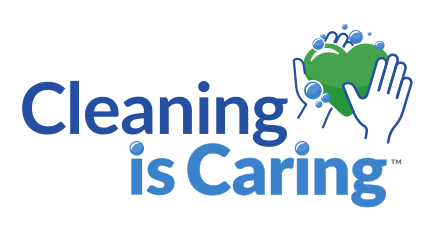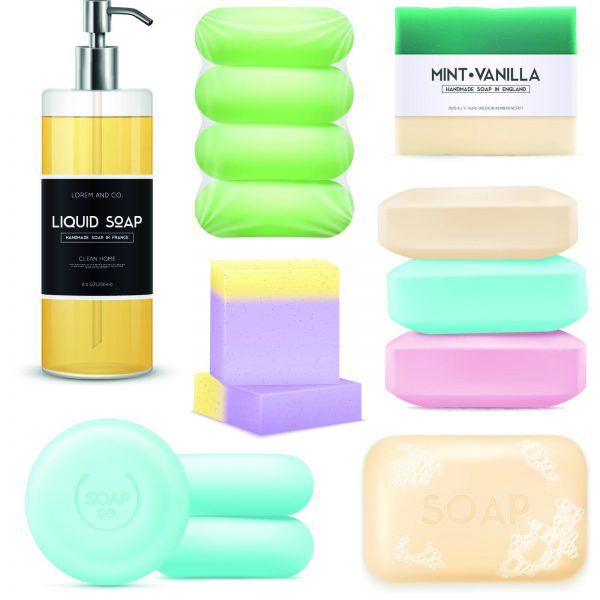Soap, our first line of defense against harmful germs, actually hasn’t changed much in thousands of years. What may surprise you, though, is that a lot of what we call “soap” today isn’t soap at all.
The basic ingredients for soap are a fat or oil; water; and a basic, iconic salt. When combined at the right proportions, these ingredients undergo a chemical reaction called saponification, which results in soap. For much of the 19th and early 20th century, this is how soap was made.
During WWI and WWII, a shortage of fats and oils prompted chemists to create a product that was similar to soap but didn’t require fats or oils: detergent. Companies were drawn to detergent because of its versatility. While soap leaves behind a residue when it reacts with water and forms scum in hard water, detergents don’t leave behind residue and can work in any level of water hardness. As a result, most products today are actually detergents – even if we call them soap.
But either product – a soap or a detergent – will do the job when it comes to washing your hands. Both contain compounds called surfactants, which surround germs and either makes them ineffective by rupturing their membranes or helps lift them off the surface to be washed away with water.
So whether you’re using bar soap or liquid soap, “real” soap or a cleansing product known as soap, any soap will do the trick when you’re washing your hands.
Learn More:


TELL US WHAT YOU THINK (0)